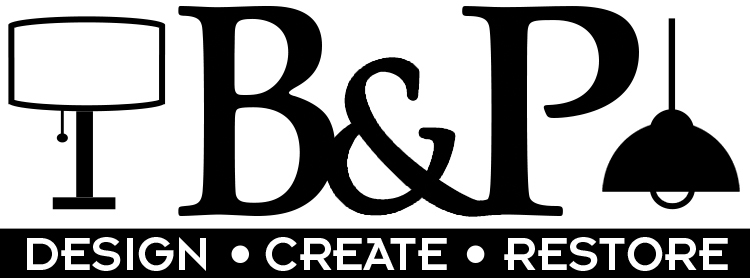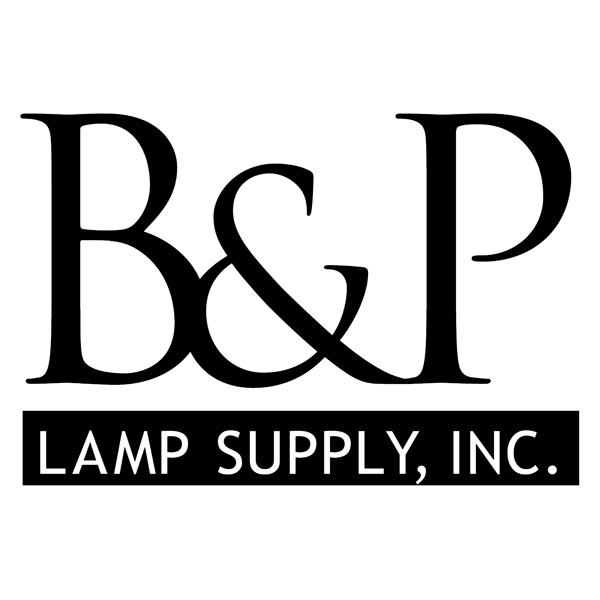|
|
Home > Help
The majority of our decorative, flood, and Halogen bulbs are “long life” and surge resistant. Noted in the descriptions for each bulb is the number of hours rating. This rating is the average life expected for the given bulb.
Clear decorative bulbs are best suited for lighting having shiny finishes. Clear bulbs work well with polished brass. polished chrome, glass and crystal lamps and fixtures.
Frosted decorative bulbs are best for lighting having satin finishes. Frosted bulbs work well with antique brass, brushed brass, bronze, wood, and porcelain lamps and fixtures.
White decorative bulbs look good when used with a lampshade. White bulbs also look nice when contrasted with black wrought iron lamps.
Spun Glow decorative bulbs have an effect much like a gas flame.
Flicker Flame decorative bulbs provide unique decorative effect that is much like a real candle flame.
Thomas Edison replica carbon filament bulbs are for the purist who wants to restore their early electric fixture to the original look. The carbon filament emits a soft pleasing glow.
LED - Light-Emitting Diode: Light emitting diode (LED) light bulbs are designed to be much more energy-efficient than any other bulb on the market, because they emit light in a very narrow band of wavelengths. These lamps generate light when voltage is applied to negatively charged semiconductors. In turn, this process causes electrons to combine and create photons. There are a wide variety of LED light bulbs to choose from, and there are even LED filament that replicate the look of old-fashioned Edison bulbs.
In addition, though LED light bulbs are now available for most residential-type applications, they are rated using terminology that differs from that used to describe the performance of the incandescent light bulbs they are intended to replace. This, to no surprise, has caused some confusion in the marketplace.
The following information offers a basic explanation of some of the terminology often found to describe LED light bulb performance:
- Lumens or Watts. Simplistically, lumens (lm) are a measure of light output in terms of amount. Generally speaking, an LED light bulb rated for 450 lumens has the same light output as a 40 watt incandescent light bulb, an 800 lumen LED is about the same as a 60 watt bulb, and a 1600 lumen LED bulb is about the same as a 100 watt incandescent.
Even though the description on an LED light bulb box may indicate 4 or 5 watts (in the case of a 450 lumen light bulb), the light output is equivalent to that of a 40 watt incandescent bulb. The lower wattage number associated with the 450 lumen light output is an expression of the high efficiency of LED lighting.
- Temperature. Sometimes listed as (T) and/or (Kelvin), the Temperature rating on LED bulbs may range from 1800K (very warm color) all the way up to 4000K - 5000K (cool white light, daylight color). Temperature ratings in the range of 2200K to 2700K approximate the color of light from standard old-fashioned incandescent light bulbs and seem most pleasing for residential use. However, higher temperature ratings (3000K - 5000K) may render colors more naturally, and may be preferred in some applications like in a kitchen or bathroom.
- Dimmable. Most LED bulbs contain information regarding their ability to be used in a dimmable lamp or fixture. Most are rated Dimmable or Non-Dimmable - consider your needs before you buy.
- Smart. After nearly 100 years of traditional filament burning and watt measuring bulbs, the latest LED bulbs are really changing the market. From the flash on smart phones to connected devices (Amazon Alexa, Google Home, and others), LED bulbs are changing the way consumers use lighting. Some of the latest LED bulbs have built in motion sensors, dusk to dawn sensors, and can change color as needed. The automotive industry has embraced LEDs and use them primarily in headlights, breaklights, and interior lighting. None of these technological innovations would be possible with traditional filament bulbs. The future of LED has yet to be written and with new innovations they will definately be improving our standard of living.
|




